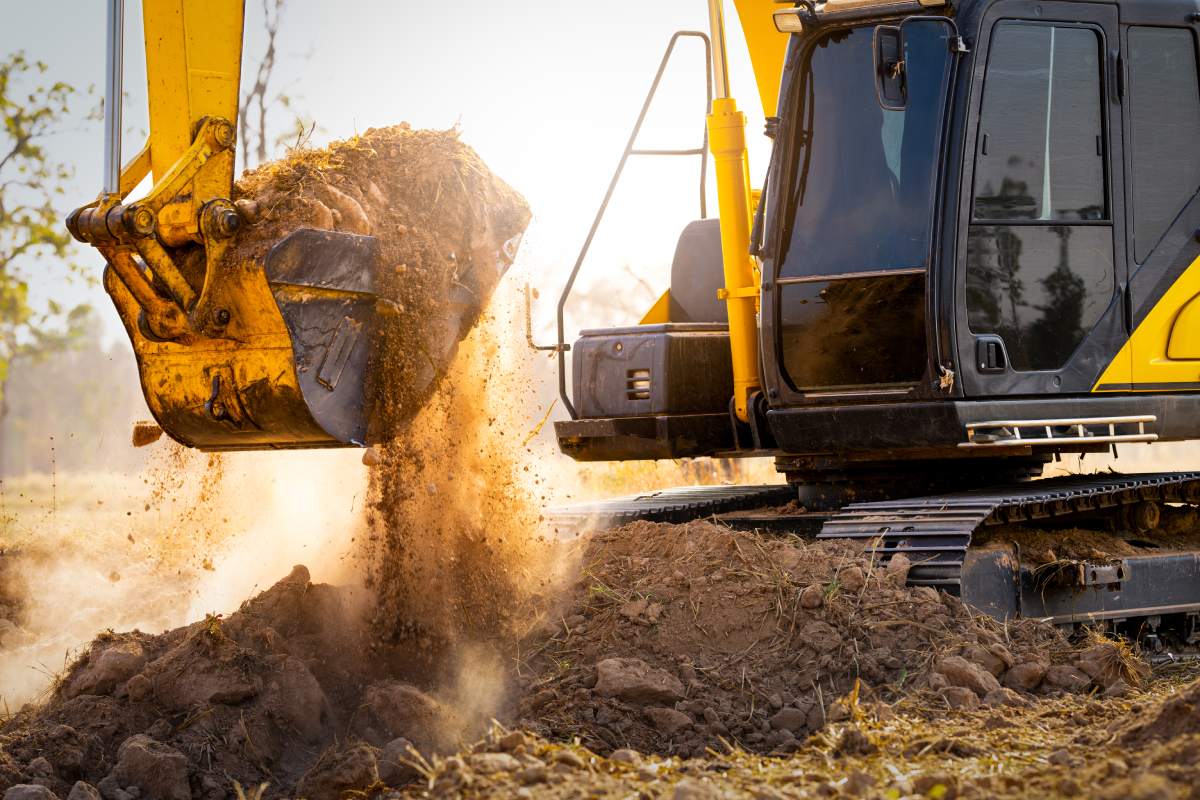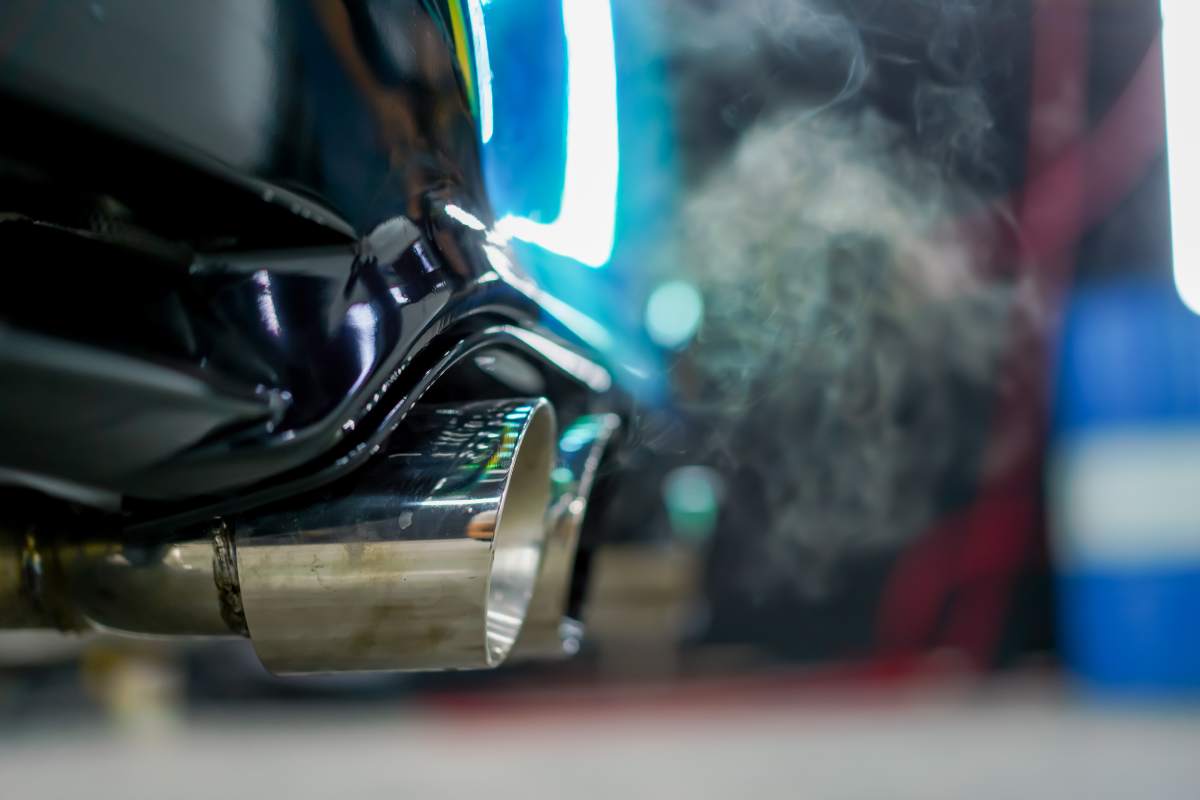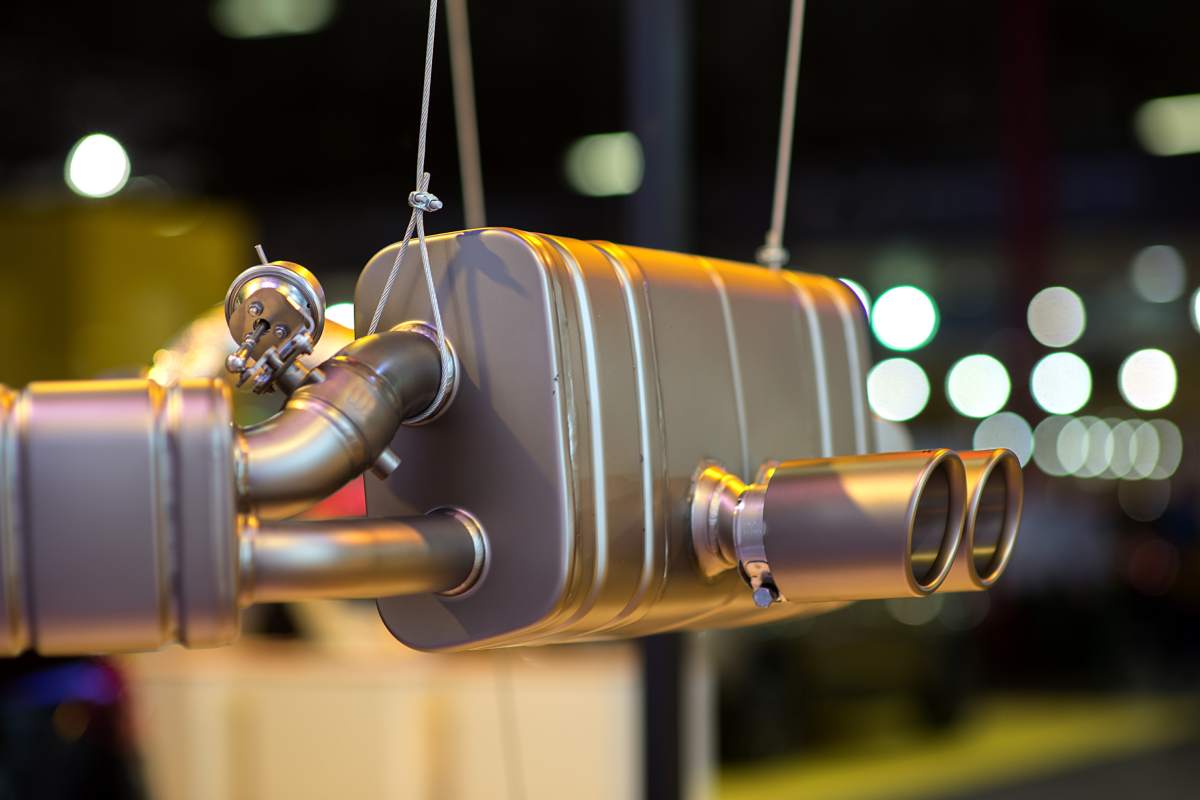
When it comes to heavy machinery and vehicles, the exhaust system plays a crucial role in managing engine output and reducing emissions.
But are the exhaust systems in Caterpillar heavy machinery and cars fundamentally the same? And what happens to emission production if you change the exhaust system on your Caterpillar machine? Let’s delve into these questions with a detailed exploration.
More to read:
The Basics of Exhaust Systems in a Cat and in a Car
At their core, exhaust systems are designed to collect exhaust gases from the engine’s combustion process and expel them safely away from the machine. Both Caterpillar heavy machinery and cars use an exhaust manifold, catalytic converter, muffler, sensors, and exhaust pipes as part of this system.
The manifold collects gases from the engine, the catalytic converter transforms harmful emissions into less harmful ones, the muffler reduces noise, and the exhaust pipes guide the gases out of the system.

Differences in Design and Function
Despite these similarities, the scale and purpose of Caterpillar machinery and cars lead to significant differences in their exhaust systems. Caterpillar machines, such as those used in mining or construction, are designed for power and durability. They often operate under more strenuous conditions than cars, leading to different design considerations for their exhaust systems.
For instance, Caterpillar’s industrial engines are built to handle heavy loads and long hours of operation, which means their exhaust systems are designed to withstand extreme temperatures and pressures. They also have to comply with different sets of environmental regulations, which can influence the design and components used in the system.
Impact of Changing the Exhaust System
Modifying the exhaust system on a Caterpillar machine can indeed affect emission production. Changes to components like the diesel particulate filter (DPF), exhaust gas recirculation (EGR), or selective catalytic reduction (SCR) can alter the way emissions are processed and released. For example, removing or altering the DPF can lead to increased particulate matter being emitted, while changes to the EGR can affect nitrogen oxide emissions.
It’s important to note that any exhaust system modifications should be done carefully considering the legal and environmental implications. Caterpillar provides guidance on emissions components and how they contribute to meeting regulatory standards. Altering these components can lead to non-compliance with emissions regulations and potentially harm the environment.

Emission Production and Environmental Impact
Caterpillar is committed to reducing its carbon footprint and has implemented strategies to lower emissions from its machinery. This includes investing in new technologies and solutions that are more sustainable. Changing the exhaust system on a Caterpillar machine can impact these efforts, as it may affect the machine’s efficiency and emission output.
The company’s approach to sustainability also involves remanufacturing components, which helps reduce waste and the need for raw materials, energy, and water to produce new parts. This circular economy approach is part of Caterpillar’s broader commitment to environmental stewardship.
Common Modifications to Caterpillar Exhaust Systems
Caterpillar machinery, known for its robustness and reliability in heavy-duty operations, often undergoes modifications to meet the specific needs of various industries. One area where modifications are prevalent is the exhaust system. These changes are aimed at enhancing performance, complying with environmental regulations, or adapting to specific working conditions.
Let’s explore some of the common modifications made to Caterpillar exhaust systems.
Performance Mufflers
One of the frequent modifications is the installation of performance mufflers. These are designed to improve exhaust flow, which can lead to an increase in horsepower. Performance mufflers are engineered to reduce exhaust backpressure, allowing the engine to breathe more efficiently and produce more power while maintaining compliance with noise regulations.
High-Flow Catalytic Converters
Another popular modification involves the addition of high-flow catalytic converters. These components help reduce exhaust backpressure further, facilitating better airflow through the exhaust system. By allowing exhaust gases to exit the engine more freely, they can enhance the overall performance of the machinery.

Exhaust Geometry Changes
Modifications to the exhaust system’s geometry can also impact the performance of Caterpillar machines. Aftermarket cat-back (post-catalytic converter) exhausts change the system’s geometry, which can affect exhaust gas flow rates and temperatures seen by the converter. These systems may reduce available backpressure, which, combined with an altered air-fuel ratio, can decrease converter efficiency.
Increasing Exhaust Diameter
For engines that have been modified to create more exhaust, increasing the exhaust diameter is a common step. This reduces restriction and allows for more flow, accommodating the higher volume of exhaust gases produced by the more powerful engine.
The Impact of Modifications
It’s important to note that while these modifications can improve performance, they must be carefully considered for their impact on emissions and compliance with environmental regulations. Caterpillar provides guidelines on emissions components to ensure that their machinery meets regulatory standards. Unauthorized modifications can lead to non-compliance and potential legal issues, as well as negatively impact the environment.
While there are several common modifications that can be made to Caterpillar exhaust systems, it is crucial to approach them with an understanding of their implications. Whether it’s for performance enhancement or regulatory compliance, each modification should be evaluated for its impact on the machine’s operation and the environment.
Consulting with experts like Mammoth Equipment and Exhausts and listening to their guidelines is always recommended when considering changes to your machinery’s exhaust system.
Conclusion
While there are fundamental similarities between the exhaust systems of Caterpillar heavy machinery and cars, the differences in design, function, and regulatory compliance are significant. Modifying the exhaust system on a Caterpillar machine can have a direct impact on emission production and should be approached with caution. It’s essential to consider the environmental and legal ramifications of such changes and to consult with experts or refer to the manufacturer’s guidelines before proceeding.
Caterpillar’s dedication to sustainability and reducing emissions is a testament to the industry’s potential for innovation and environmental responsibility. As technology advances, we can expect to see even more efficient and eco-friendly solutions for heavy machinery and automotive exhaust systems alike.
